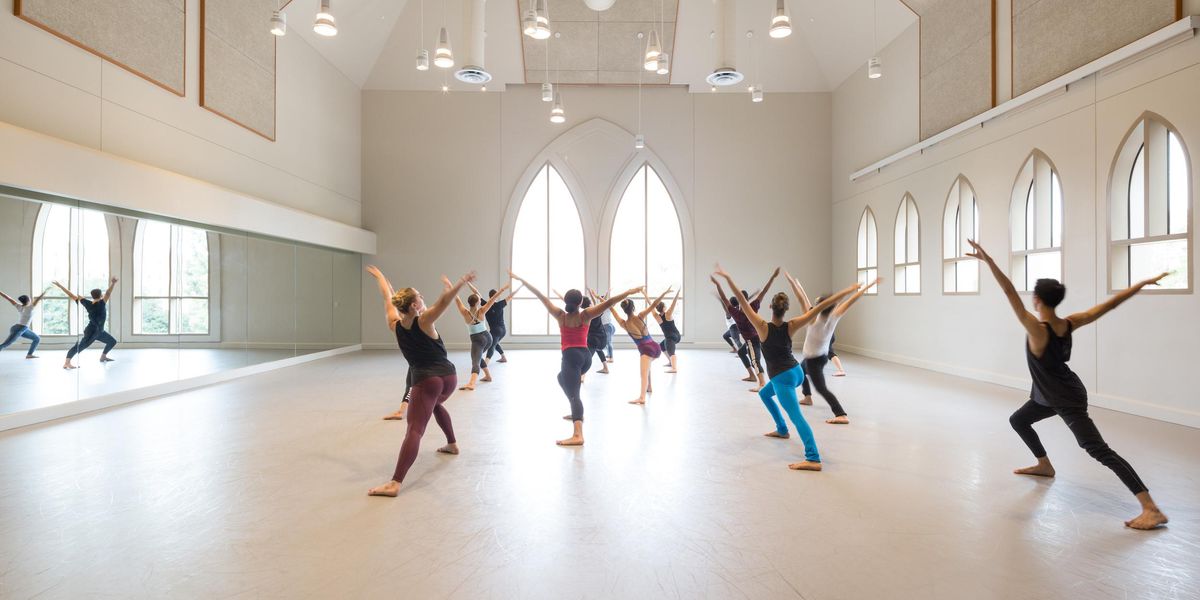Millepied as Risk-Taking Impresario
Whatever is said about Benjamin Millepied’s new L.A. Dance Project, his talent as impresario has been the main surprise. In addition to his own latest collaboration with Nico Muhly, his program at Peak Performances in Montclair, NJ, included William Forsythe’s fabulous Quintett (1993) and the startling Winterbranch (1964) by Merce Cunningham. It’s this last that I want to talk about.
I had always heard about this “dark” work, the work that has too much psychic energy to be all about “dance for dance’s sake.” It starts with a barely visible wriggling form inching across the stage. This larva-like entity ushers in a stream of partially hidden, scary images happening somewhere in the back of the theater—or in the back of one’s mind. Robert Rauschenberg designed the lights in 1964 to rove around the theater and only rarely land head-on on the dancers. Sometimes two figures rushed toward each other into the darkest part of the stage, and you expected to hear them crash or thud, but then they would assume a quiet form where you could see an outstretched hand, or a still face wearing a watchcap.
LaMonte Young’s 2 Sounds, a loud, scraping, mercilessly constant score, came in half way through. Since I was familiar with this score from Simone Forti’s hanging-on-a-rope dance (Accompaniment for LaMonte’s 2 Sounds and LaMonte’s 2 Sounds, 1961), I wasn’t bothered by it at all. (Others were bothered: At the final blackout when the taped sound stopped, we heard a voice sigh, “Thank god.”) And the first half of the dance, which is instantly riveting, is in silence anyway. Not only did the roving lights (which intriguingly revealed patterns in the back wall, catwalk, and ceiling) and darkness conceal much of the movement, but various cloths and fabric pieces were used, as though in secret, to drape over someone or inserted underneath so that person could be dragged out.
The whole 18-minute dance had the feel of a slightly nightmarish dream that you were really curious to figure out. It crystallized why the collaboration between Cunningham as choreographer, Robert Rauschenberg as set designer, and John Cage as musical director was so powerful for so long. Kudos to Millepied and his partners for bringing this rarely performed work to Montclair.




